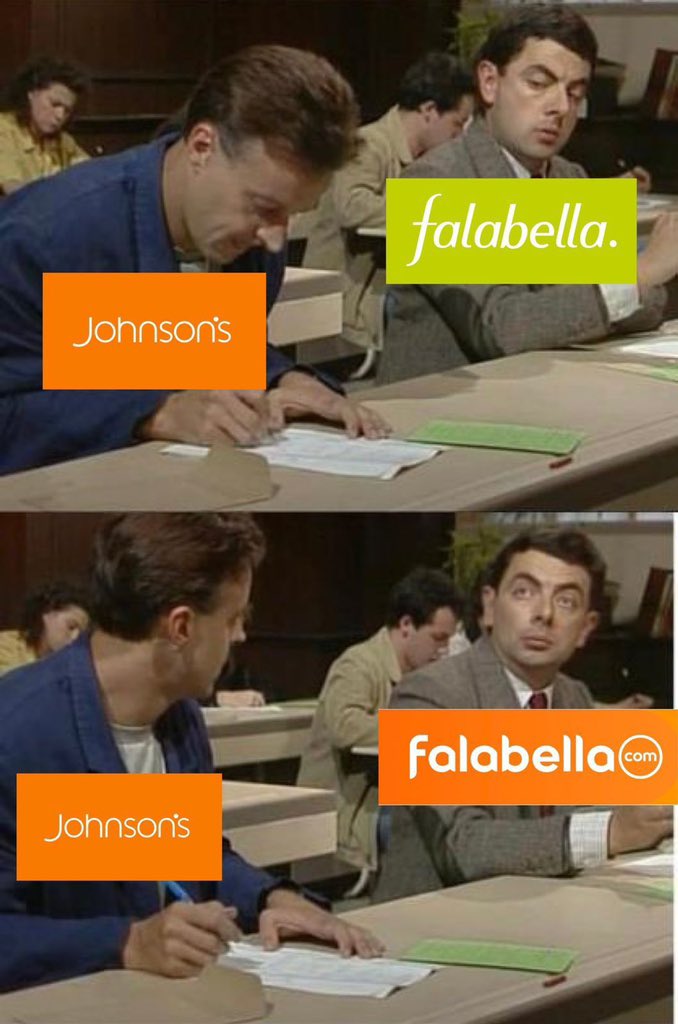Falabella – Data analytics and A/B testing gone wrong?

image: change in Falabella’s logo and consolidation of all conglomerate’s ecommerce platforms
Falabella started off with a few small department stores in the center of Santiago, Chile and today it is one of the largest retail conglomerates in Latin America. Throughout the years, non-food retail has been the heart and face of the company with beautifully thought-out department stores with the bright green, well-known Falabella logo on every entrance.

But times change, fashion fades, customers evolve, and data analytics has been through it all.
Migration to e-commerce
Even though Falabella started as a brick-and-mortar retailer, today it’s one of the largest e-commerce platforms in Latin America. Two main components are at play when we think about this transition, data, and brand. Even with initial failures in the online world, the company managed to leverage the brand name and build a relationship with its customers in the online channel.
Falabella’s Retail Ecosystem consists of Non-food retailers (Falabella), supermarkets (Tottus), Marketplace (Linio), and home improvement (Sodimac), each of these companies functioning separately and with their own online platforms.
Where does data come from?
Absolutely EVERYWHERE. But we will focus on the customer.
Customers:
- Via their online platform the company can see what each customer added to their basket, when, how many times they visit the page before they check out, and the conversion of checkout.
- The company can analyze the “hot spots” of the page and the sections of the page that no customer ever sees.
- Payment data. Falabella has a bank (“Banco Falabella”) credit card with a very well-thought loyalty program that allows the company to segment high-value customers.
- The list could go on and on…
Data through Sales:
- What types of products are bought by what types of customers
- When do customers buy these products
- How effective are discount campaigns
- Do consumers prefer to pick up in-store? Or home delivery?
- Again, I could be here all day…
This are only few of the many pieces of data that come together and inform the company’s forward looking strategies. Falabella has created an omnichannel ecosystem where data is the base of every decision.
Creating or destroying value through data?
Falabella has managed to analyze its customer data and invest in the main pain point they were gathering from customers. For example, setting up automatic click and collect stations in various stores to make quick purchases easier for customers. Data showed customers were dropping out of their checkout process once the shipping costs were added to the order.

Various improvements to physical stores and the online platform have come from various data points and A/B testing.
Some would say Falabella knows their customers better than they know themselves. But the overload of data and the overconfidence on the brand may have created a monster…
Orange logo? WHAT?
Customer data showed that there was a huge cross-sell opportunity between Falabella Retail and all the other retailers in the conglomerate. Most of them use the same credit card (Banco Falabella) and most of them (especially the most valuable customers) normally buy from all these companies.
Cross-selling calculations added up, even with some cannibalization between similar products from different companies.
Management decided to consolidate all e-commerce platforms into one big platform (www.falabella.com) and change the mandating logo from green to orange… a strategic decision to show the new integrated e-commerce platform as energetic, young and modern.
Sadly, this was not the effect and meme creators could not get enough.

Aftermath and Challenges
Even though the company is still the same and there are even more SKUs customers can choose from in the new e-commerce platform, in my opinion, the company was so focused on data that they forgot the emotional link that customers had with the brand and with the light green logo.
The amount of data Falabella manages has led them to be the leading retail conglomerate in Latin America, but have they lost touch with their customers in doing so?



funny insights. thank you for the article. I wonder if they did any A/B testing on the logo (or other data research) and what the results were. Are you aware of any other uses of data apart from discovering when the users were dropping off their shopping carts and buying behavior? and did they do anything with these insights apart from pulling everything together under one brand? in other order of ideas, I think Zara is an amazing example of data collection and usage in the space of retail stores / fast fashion. Falabella could learn a trick or two from them
Really enjoyed reading your post! I didn’t know anything about Falabella and felt like I got a sense of the business through what you shared. I thought that the way you structured your sections was engaging and I especially liked your point about the decision to change the logo. Though management was striving to show the new integrated e-commerce platform, it also lost touch with the value that was created by customers’ emotional link to the brand. In this way, I think we see that data is valuable but isn’t the solution to everything
Thank you for sharing this interesting post, Katy. I think you touch on a very important point that we as future manager should take into account when making strategic decisions, at what point is relying in data too much or even detrimental for the company? I think it is relevant that we are very cautious when we run experiments so that we are able to isolate effects on the end result and that we are able to correctly read/interpret data to make a final decision. We should also consider talking directly with clients and run focus groups so that we get direct feedback from people, in order to match these opinions with the data we retrieve from our experiments